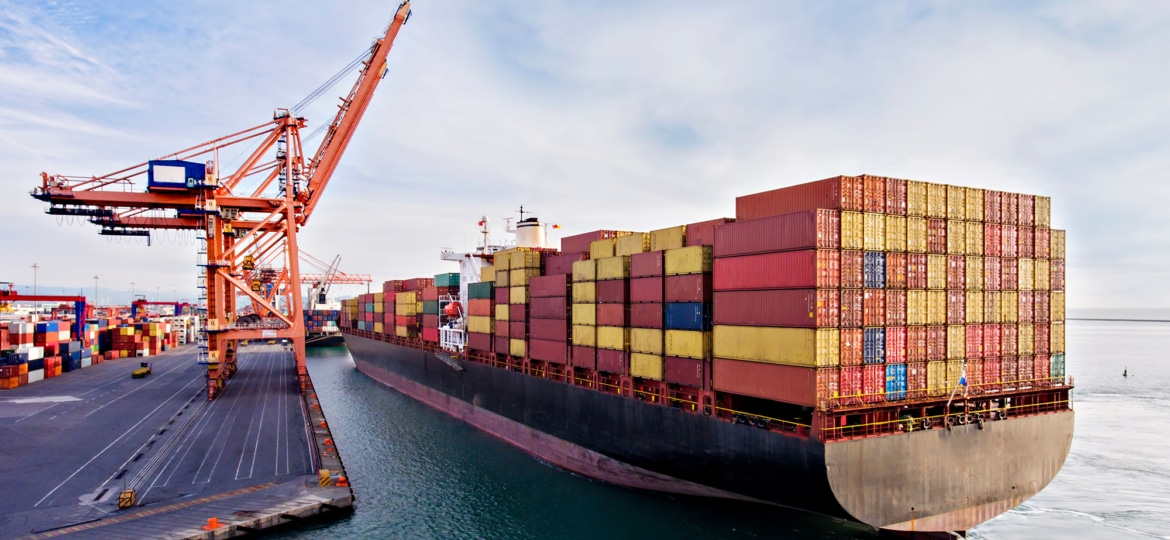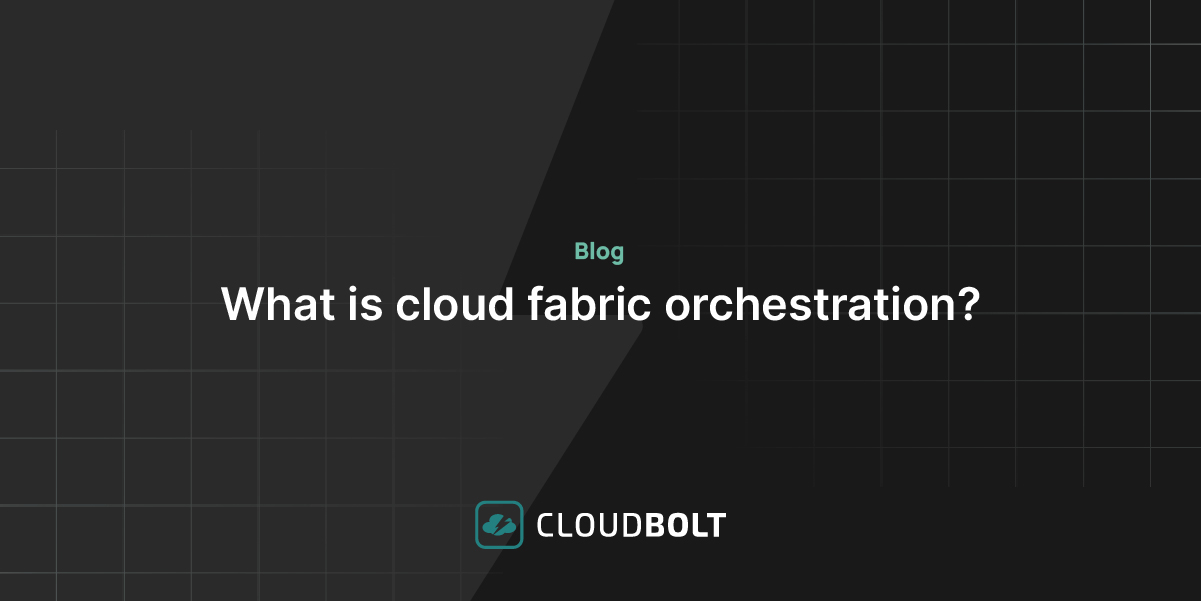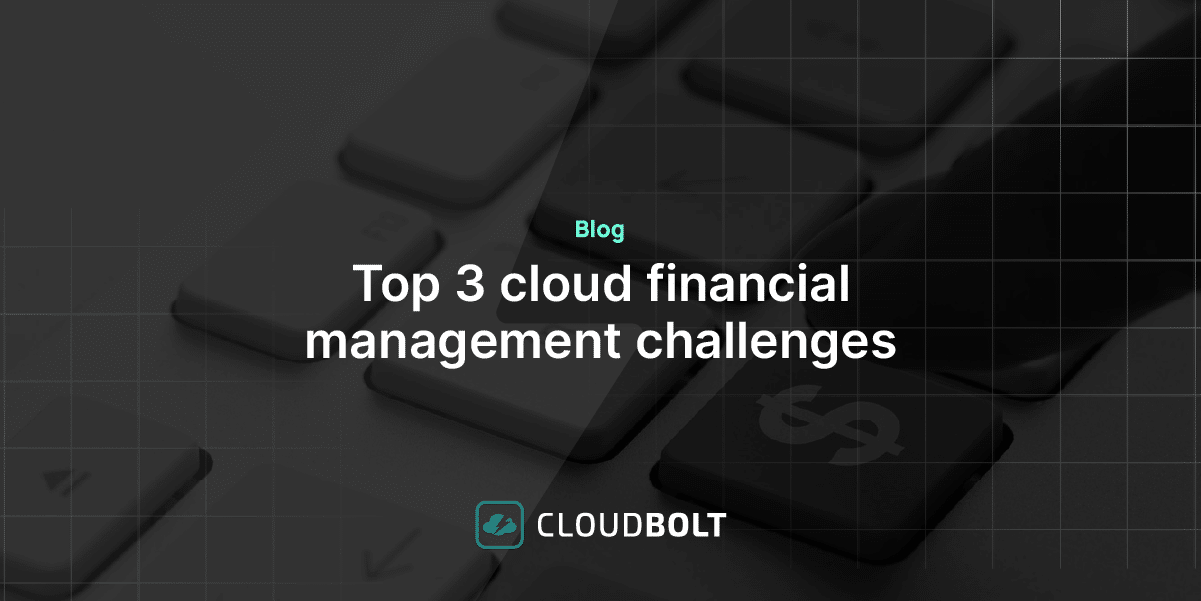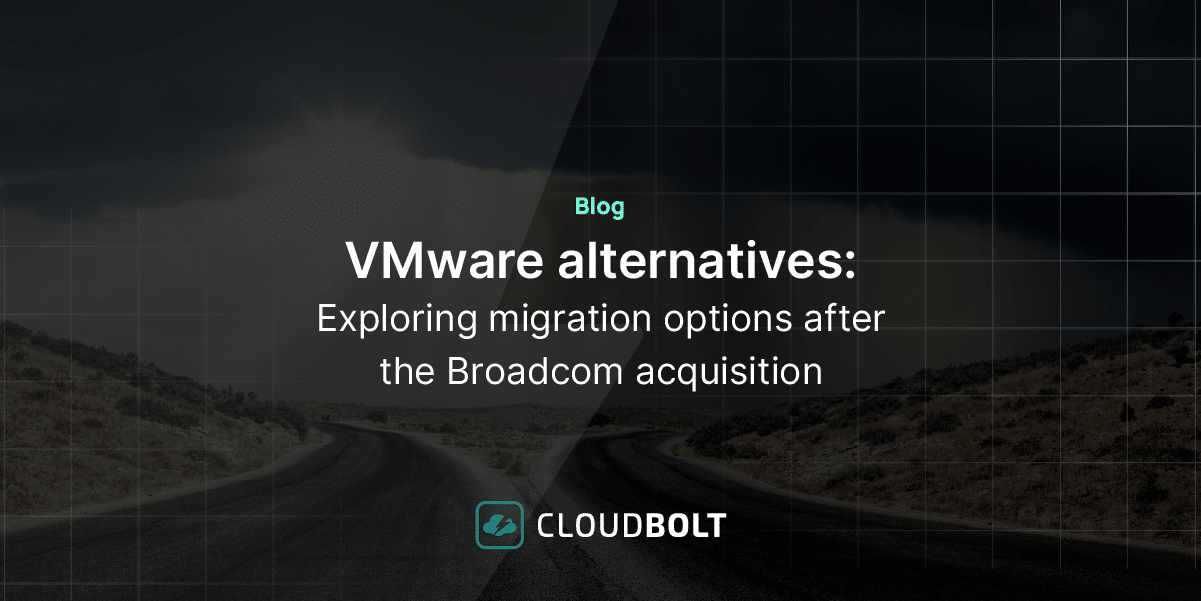
What are some of the best practices IT operations managers and staff consider as they move container-based apps into production? Today, we’re going to define some cloud container orchestration best practices. Here are the top five most important considerations.
1. PREPARE TO MOVE TO PRODUCTION
Those who deal with containers don’t usually understand how to go from development to production. It’s important to have a staging platform when you’re dealing with container orchestration. This is typically at the tail end of the DevOps process and toolchain. You should test, validate, integrate, and prepare the containers for staging.
During staging, containers should be running within or with an orchestration system, such as Kubernetes. After it has proven to be stable, you can then move the containers from staging to production. Finally, it’s important to be able to roll back changes at any time should issues arise with the new deployment. In most cases, rollback is an automatic process.
Download The Only Kubernetes Starter Guide You’ll Ever Need today.
2. AUTOMATE THE REPORTING OF ISSUES
Things can go wrong during container orchestration. For this reason, you should have automated reports for issues found within containers after you’ve moved them into production. Developers should understand what’s going on at any one time by using continuous reporting of issues. Developers also need to react to these issues with fixes that you have continuously deployed and integrated. This helps to resolve these issues faster.
3. MONITORING
There are tons of monitoring and management tools that make it easier to run a container orchestration system. These tools enable users to collect detailed data and use them to identify trends or weak points in the container management process.
These trends can usually indicate when you’re moving toward failure. The tools can also take automatic actions based on what they find. For example, if there’s a network error, the tool can shut down the hub that’s originating the errors to avoid a total outage.
4. AUTOMATIC DATA BACKUP AND DISASTER RECOVERY
Containers typically store data in the same container where the app is running. However, that can only work until the application is not popular. As it gets used more, It can also store the data needs to be stored in an external database that may or may not be container-based. No matter where the data resides, it’s important to have copies in secondary storage systems. You should protect these storage systems in some way.
You should also have well-defined data recovery operations that are workable and tested. These backup and data recovery mechanisms must be user-driven and available to several users. Do not make the mistake of limiting control to only a few personnel, such as operations managers. Often, developers and other end users need to recover data. Allow them to do so within the confines of enterprise laws and policies.
5. PLAN FOR PRODUCTION CAPACITY
It’s important to understand the capacity requirement of your container orchestration systems. This includes storage, databases, servers, network, and others. You need to predict the resources you will need immediately, in the midrange future, and long term. The key to successfully doing this is to understand the relationship between containers, container orchestration, and supporting systems. You must also know how they affect capacity.
EXPERIENCE THE LEADING HYBRID CLOUD MANAGEMENT AND ORCHESTRATION SOLUTION. REQUEST A CLOUDBOLT DEMO TODAY.
Related Blogs

What is cloud fabric orchestration
Understanding the Cloud Fabric Before diving into the intricacies of cloud fabric orchestration, let’s first understand what we mean by…

